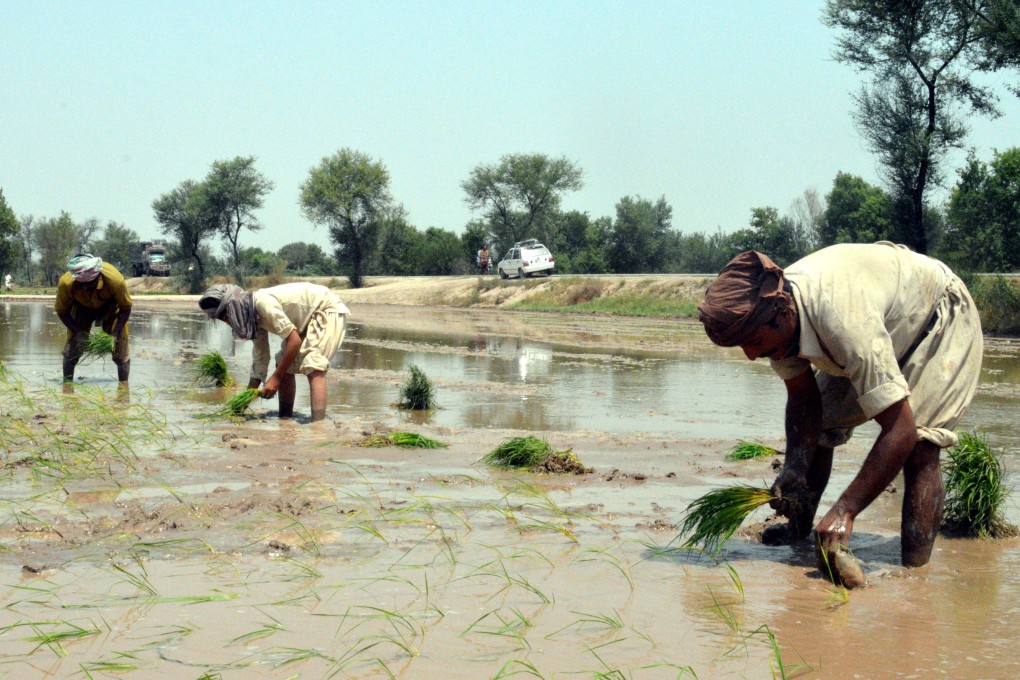Advertisement
China-Pakistan trade deficit in focus after prime minister’s visit to Beijing
- Exporting more agricultural goods to China is on the table, but structural barriers and a lack of technological advancements in rural Pakistan are holding back the industry
- New land routes in the China-Pakistan Economic Corridor could make it easier for the world’s largest importer of agricultural commodities to get more rice and other staple goods
Reading Time:4 minutes
Why you can trust SCMP
1

Pakistani Prime Minister Shehbaz Sharif’s first official visit to China has put renewed emphasis on Pakistan’s desire to increase its agricultural exports to China and tackle a ballooning trade deficit with its strategic partner.
Advertisement
As the China-Pakistan Economic Corridor (CPEC) enters its second phase, agricultural cooperation between the two partners has been gaining momentum over the past few years, after both countries established a joint working group on agriculture in 2018.
After Sharif’s visit earlier this month, Beijing vowed support for “expanding [Pakistan’s] exports to China”, adding that it “welcomed quality goods, including food and agricultural products, from Pakistan to enter the Chinese market”, in a statement by the Ministry of Foreign Affairs.
With 62.5 per cent of Pakistan’s population living in rural areas, agriculture is the backbone of the country’s economy, contributing to 75 per cent of its exports.
China is Pakistan’s second-largest export destination, with an 11 per cent share of Pakistan’s total exports in 2021, worth US$28.9 billion. Yet, Pakistan’s share of China’s total agricultural imports was only 0.79 per cent in 2021, a decline from 1 per cent in 2018.
Advertisement

Advertisement